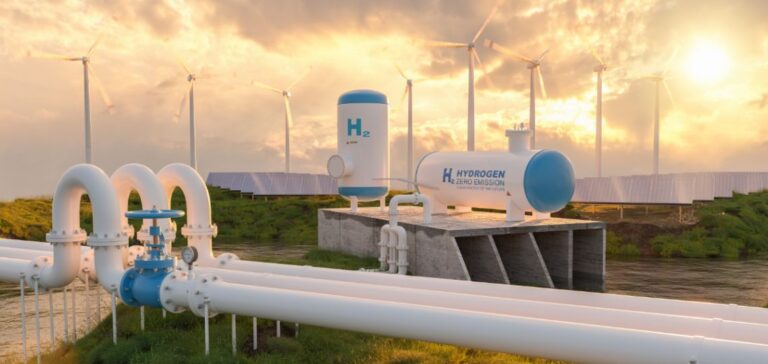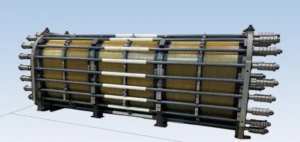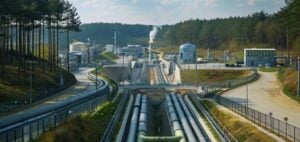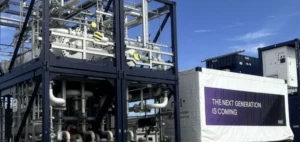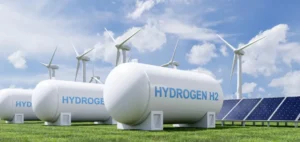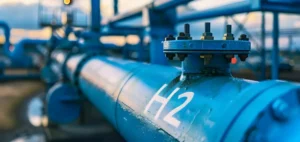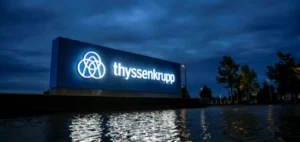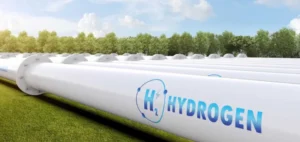Indian company Cyient, specialising in engineering for renewable energy applications, has secured a key contract in the development of a hydrogen production and distribution site in Bodø, northern Norway. The project, led by Norwegian firm GreenH and German asset manager Luxcara, aims to supply hydrogen fuel to ferries operating across the Vestfjorden, a strategic maritime route for the region.
The site, located at Langstranda, began civil works in autumn 2024. The objective is to build infrastructure capable of producing hydrogen from renewable sources and distributing it directly for industrial and transport use. A long-term agreement has been signed with maritime operator Torghatten Nord AS to fuel its vessels with hydrogen, marking a first in Norway for this type of fuel in the maritime sector.
Comprehensive engineering assignment for Cyient
Cyient will provide full-scope owner’s engineering services, including detailed plant design and optimisation of technical processes. The company will draw on its experience in hydrogen systems and renewable energy infrastructure to oversee project delivery through to commissioning. This assignment includes core engineering required for procurement, construction and equipment installation.
Espen Berg, Managing Director of Cyient Norway, highlighted the scale of the contract, calling it a “world first” in direct hydrogen production for maritime use. GreenH’s Chief Operating Officer Espen Lied added that the company was relying on Cyient’s expertise to complete the engineering work and launch the project’s industrial phases.
A tripartite European partnership
GreenH, based in Norway, develops hydrogen infrastructure powered by renewable energy. Its partner Luxcara, located in Hamburg, Germany, is an independent asset manager specialising in European energy projects. Together, they have established a joint venture around the Bodø site to address the rising demand for alternative fuels in maritime zones of northern Europe.
The Bodø project is part of a broader initiative to diversify the energy sources used in Norwegian maritime transport. If operational targets are met, it could become a model for other regions facing similar challenges in logistics and energy supply.


